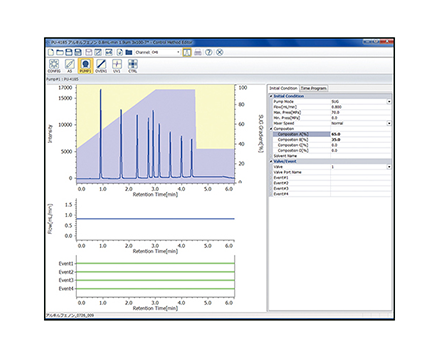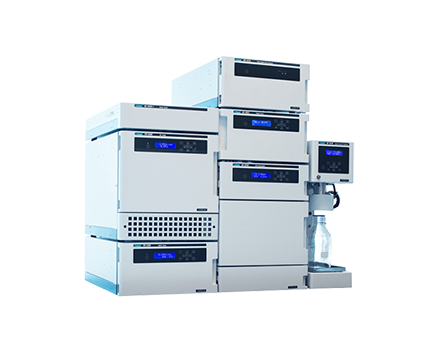The Analysis of Polymer Additives using Supercritical Fluid Chromatography
August 19, 2022
Introduction
SFC has been well established for chiral pharmaceutical separations and purifications and has also recently been utilized for achiral pharmaceutical compounds.
As SFC column technology continues to be explored, the SFC is being applied to various industries analyzing a wider range of compounds than ever before.
A typical polymer additive separation using HPLC can take upwards of 40 minutes. The speed of SFC should be able to significantly reduce that analysis time if it can successfully be applied to polymer additive separations.
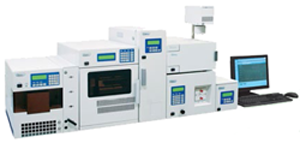
Experimental

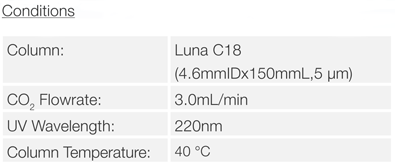
Results
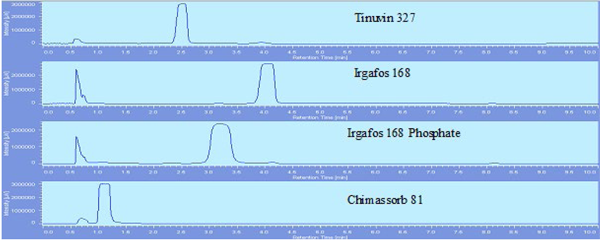
The chromatogram of the 4 polymer additive standards separated using a pressure gradient is shown in figure 1. As seen the concentration of each was too high and thus the concentration of each was reduced when a mixture of the 4 was created. Figure 2 shows the separation of that mixture using a solvent gradient, while figure 3 shows the separation using the same pressure gradient used in figure 1.
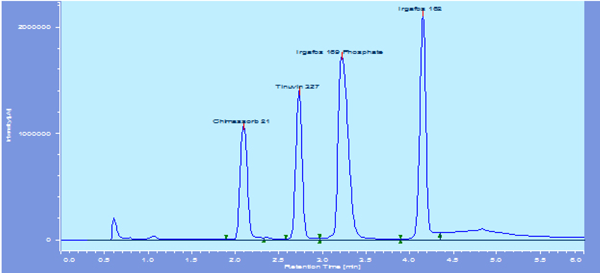
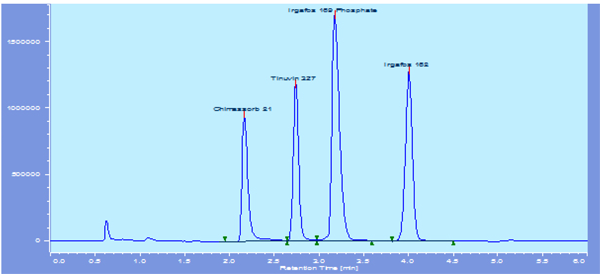
Conclusion
SFC successfully separated Irgafos 168, Irgafos 168 phosphate, Tinuvin 327 and Chimassorb 81 using only CO2 as the mobile phase on a C18 column.
Featured Products:

The Analysis of Polymer Additives using Supercritical Fluid Chromatography
Introduction
SFC has been well established for chiral pharmaceutical separations and purifications and has also recently been utilized for achiral pharmaceutical compounds.
As SFC column technology continues to be explored, the SFC is being applied to various industries analyzing a wider range of compounds than ever before.
A typical polymer additive separation using HPLC can take upwards of 40 minutes. The speed of SFC should be able to significantly reduce that analysis time if it can successfully be applied to polymer additive separations.

Experimental


Results

The chromatogram of the 4 polymer additive standards separated using a pressure gradient is shown in figure 1. As seen the concentration of each was too high and thus the concentration of each was reduced when a mixture of the 4 was created. Figure 2 shows the separation of that mixture using a solvent gradient, while figure 3 shows the separation using the same pressure gradient used in figure 1.


Conclusion
SFC successfully separated Irgafos 168, Irgafos 168 phosphate, Tinuvin 327 and Chimassorb 81 using only CO2 as the mobile phase on a C18 column.

 Download This Application
Download This Application
